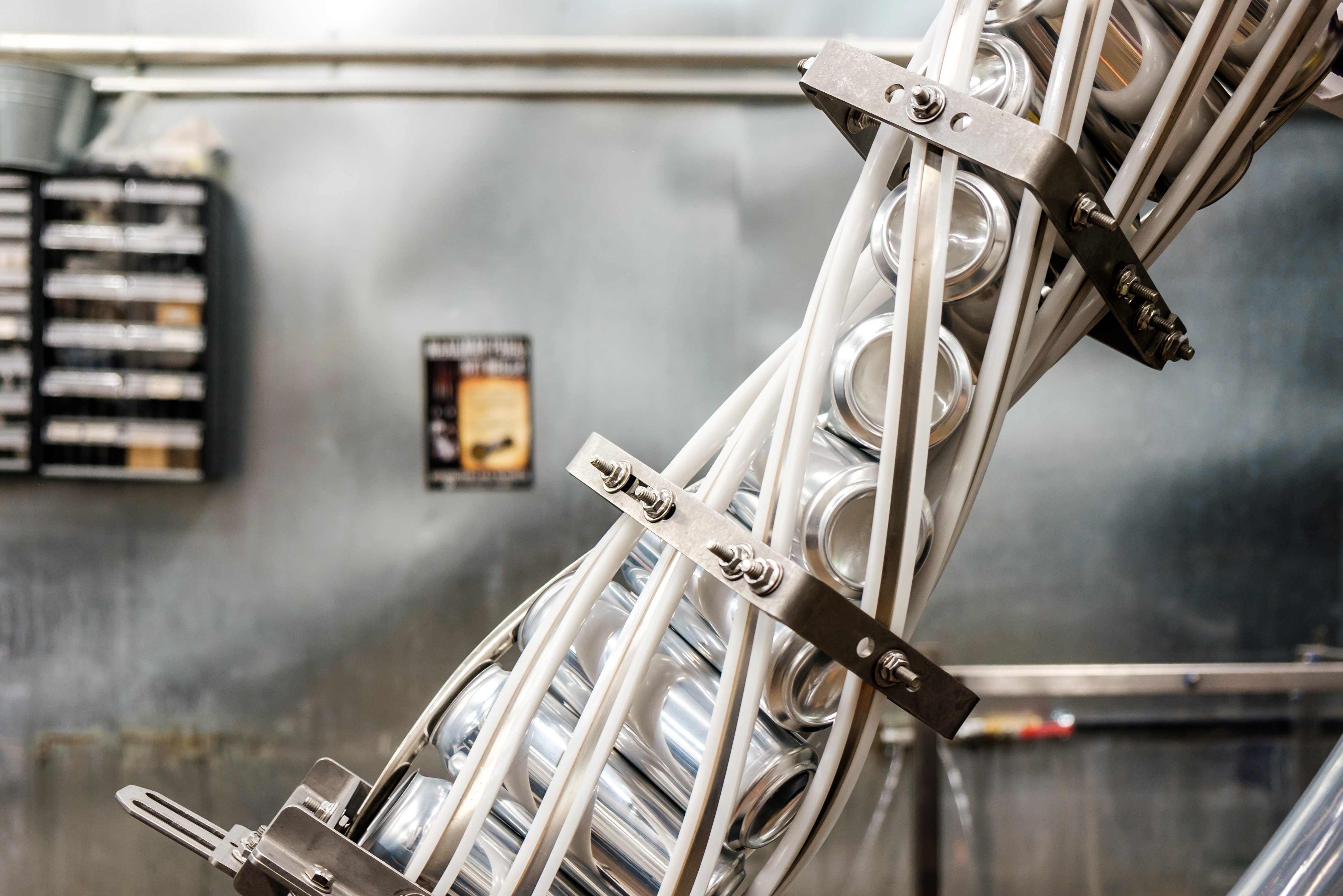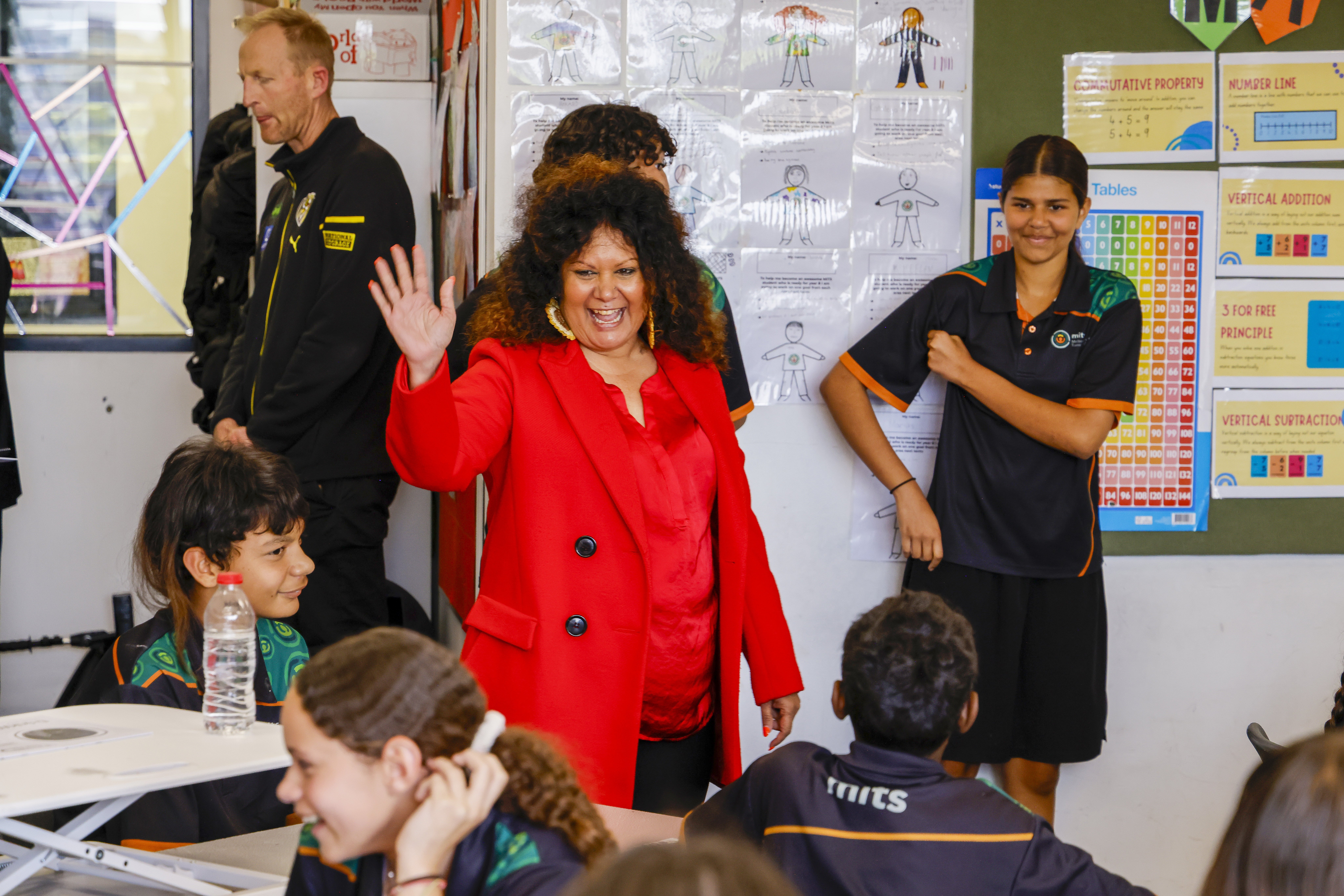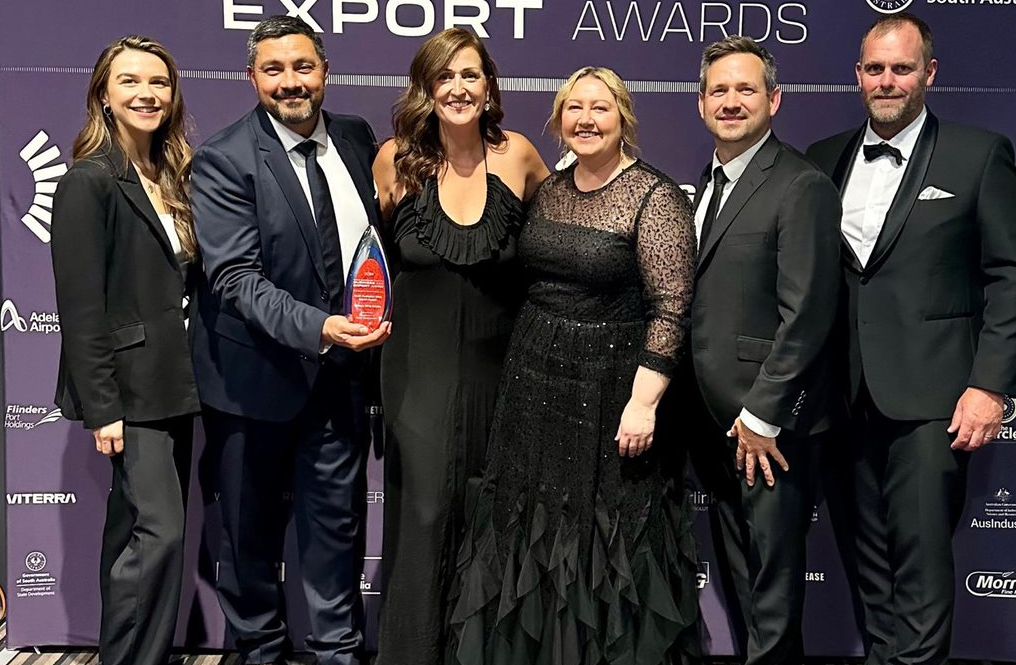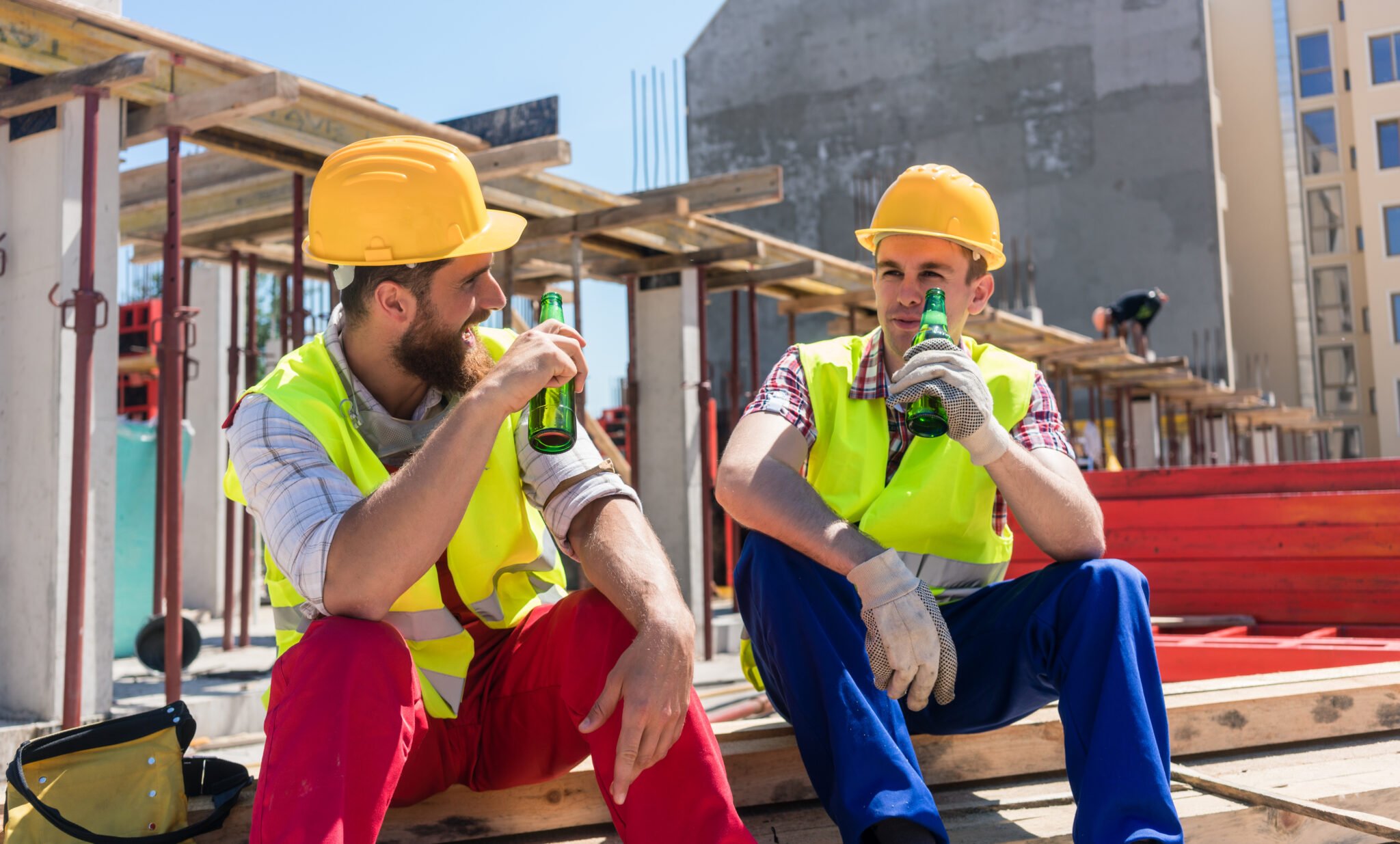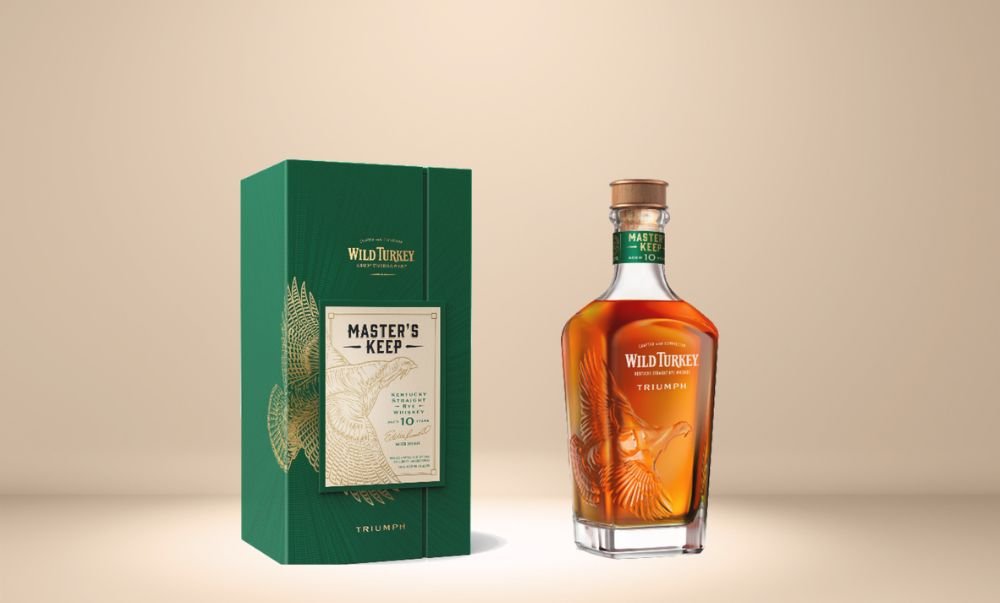As part of the Women in drinks 2017 International Women’s Day Network Event and Lunch, a panel of four industry leaders came together to address issues of diversity and inclusion in the Australian drinks industry.
The conversation looked at where the responsibility lies for promoting greater gender diversity in leadership roles, cultural barriers, and how companies can empower women to lead.
The panel was moderated by the drinks association Chairman Ralph Dunning and included panellists: Jane Hill, Talent and Change Director at Lion; Kylie McPherson, Corporate Relations and Legal Director at Diageo Australia; Martin Smith, Managing Director of Endeavour Drinks Group; and Shane Richardson, Managing Director, Alcohol and Coffee at Coca-Cola Amatil.
What do diversity and inclusion look like in business?
Jane Hill: It’s about allowing people to be the best they can be so that they can really thrive in a workplace – men, women, different backgrounds, different ages and different experiences.
Kylie McPherson: A diversity and inclusion focus came into our business about ten years ago. Then we only had 10 per cent of women on our Board globally, now we have 35 per cent. In Diageo Australia there are 41 per cent women across the board and at a management level, there are 42 per cent.
Martin Smith: It’s seen as a core and strategic value in our business. We believe ability has no gender, which allows us to have a great mix of people in our team…and there’s a real strategic advantage in doing that.
What’s driving diversity in the industry?
Shane Richardson: We’re a changing society and unless our organisation represents the consumers and markets we operate in, we won’t be a great organisation.
MS: There’s a realisation that in order for any business to succeed, you have to have the best kind of people working for you, and if you have a bias to one particular gender you’re in effect discounting 50 per cent of the population.
What do men think about the issue?
SR: As a manager, you set the example, and when you’re at work early and at work late at night, you set a culture in which people feel they can’t go and do the things that are important to them, like taking their son or daughter to a sporting event at school.
That’s not a good environment to be in, so for me, one of the roles that men can play is they can be a bit more equal in the way they both work and are a part of their home lives. If they want to go and spend time with their families, I want them to feel that they can.
What an organisation needs to build great women leaders
KM: We have structured programs as well as more organic things that we look at from an executive point of view. For example, we have a program that helps to grow leadership; looks at power and influence, relationship building and giving women in manufacturing roles the skills to expand. We also identify from an exec level talented women at lower levels in the organisation that we can help bring up and direct them to more formal programs.
Biggest barriers to business and diversity
MS: As a generalisation, the level of competency in a woman will generally exceed their confidence and the level of confidence in a man will generally exceed their level of competence. In a business, there may be someone who is more than competent for a role but doesn’t have the confidence to put themselves forward for example. So as a leader, you’re going to have stepin and coach them to do that and you’re more often than not going to have to do that for women.
The end game
JH: Success for us at Lion is 50 per cent by 2020 in all roles. We’re looking for equality.
SR: Success for us is being a great organisation that people want to come and join and that they have great opportunities to further their career in.
KM: If the inside of our organisation looks like the consumers we sell to.
MS: Success looks like when you have the best people in the job and that is probably an equal share of men and women.
Share the content


